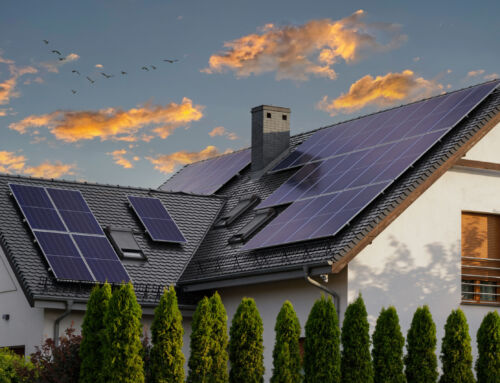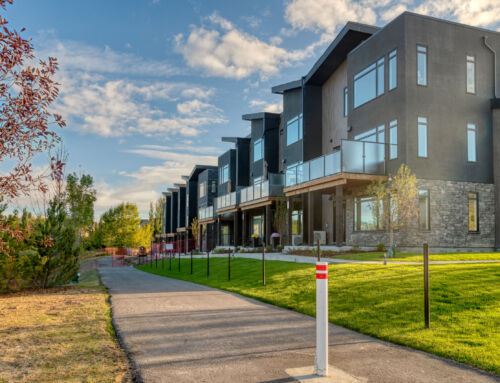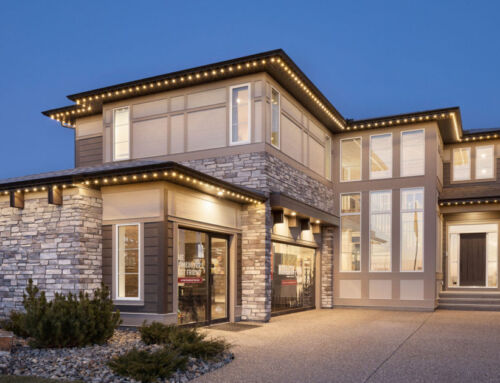Get ready to take the first step
Some home builders call it the possession inspection, and others may call it an occupancy inspection, or pre-occupancy inspection. Your new home inspection is the first step in your home-buying process — this is your opportunity to confirm that work on your new home is complete and satisfactory or to identify any outstanding items.
As you conduct your new home inspection, you and your builder will look for defects and deficiencies. Note all items that must be repaired or completed to fulfill the agreements in your contract.
Another purpose of the inspection is to orient you to your new home and all its features, including demonstrations of equipment and useful information on maintenance and upkeep.
A thorough inspection and comprehensive orientation of your new home can take several hours and require full attention.
Look for defects and deficiencies
During your new home inspection, you and your builder will focus on two main areas of concern:
- Defects are items cosmetic flaws related to fit, finish, or appearance that requires additional work to meet the quality standard. Typically, these are cosmetic defects associated to fit, finish or appearance.
- Deficiencies are items in your Purchase Agreement that are incomplete at the time of inspection. Most deficiencies are seasonal, where weather/climate makes it impractical to complete certain kinds of exterior work. Work with your builder to determine the value of the work to be completed, and hold this amount under a trust agreement (usually with the builder’s lawyer). Release these funds when you and the builder agree the work is complete.
Note: Defects and deficiencies do not include damage. During your inspection, be sure to note any damage and arrange with your builder to have it repaired. Damage is not covered under your new home warranty.
Conduct your new home inspection
We strongly recommend that you note any defects and deficiencies on a Defects and Deficiencies Form signed by both you and your builder. Be sure to keep a copy of the signed inspection documents. Your builder should respond to every item noted on the form within a reasonable timeframe.
During your new home inspection, pay close attention to:
- Sinks, tubs and plumbing fixtures
- Countertops and cabinets
- Windows and screens
- Doors, trim and hardware
- Tile, carpet, hardwood floors and resilient flooring
- Paint and drywall
- Tile, carpet, hardwood floors and resilient flooring
- Appliances (function and finish)
If poor weather hampers your exterior inspection, arrange with your builder to complete the exterior inspection at another time.
Be sure to note any damage and arrange it with your builder to have it repaired. Damage is not considered a defect or deficiency and is not covered under your new home warranty.
Your inspection sign-off
You’re responsible for approving the overall finish of your home by signing the appropriate documents and noting any items that need to be completed or repaired. These items, as well as other items not readily apparent during the inspection but identified after possession, are covered by the builder’s warranty and backed by the Alberta New Home Warranty Program. Issues identified after your new home possession should be brought to your builder’s attention in writing.







Connect